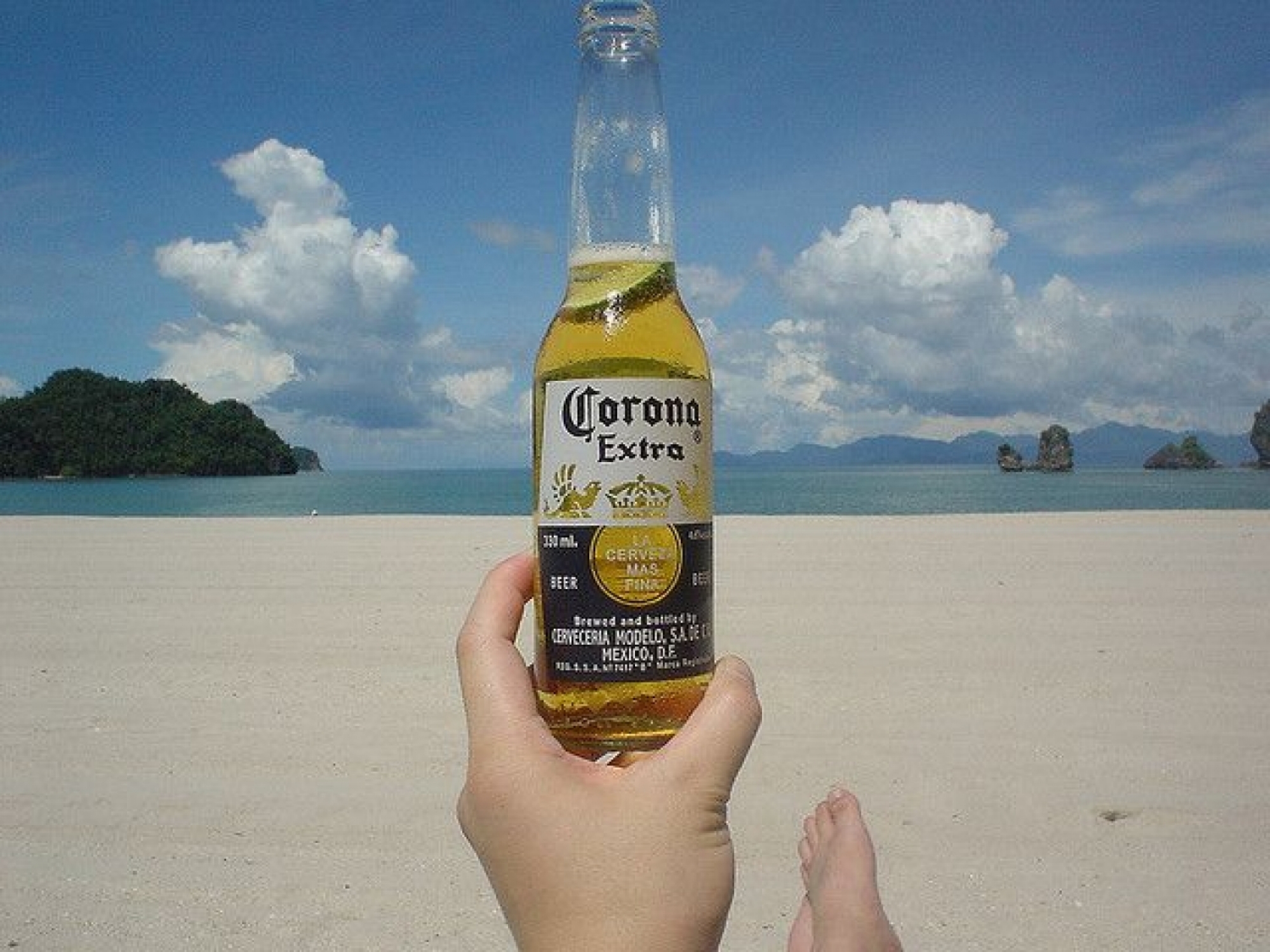Within both B2B and B2C worlds, we face advertising and marketing messages on a daily basis; it’s impossible not to. But what makes us sit up and pay attention to a brand?
Is it those who simply shout the loudest, or is it those that create an impactful scenario that goes beyond the traditional techniques or messaging? Music festival Bestival certainly thinks it knows the answer.
Bestival announced last month that it was launching a brand consultancy sub-division called House of Bestival. Brands can now commission House of Bestival to create a ‘brand activation’ experience from scratch, or hire specific props such as signage, lighting and furniture from previous years to build their own. Sounds interesting, but what exactly is brand activation?
In simple terms, brand activation refers to providing a “seamless integration of all available communication means in a creative platform.” For the consumer, this involves actively engaging with a brand in order to change or enhance their perception of them.
Brand activation campaigns include ‘End Marmite neglect’, where consumers engaged and discussed their ‘abandoned’ Marmite jars. Sales saw a 15.2% increase in the 8 weeks following physical, commercial and social media activity. It turned Marmite – which yes, is truly hated by this Welshie – a product with an emotional connection attached to it.
But wait – isn’t that experiential marketing? It certainly sounds similar if you consider Econsultancy’s definition of ‘creating a closer bond between the consumer and the brand by immersing them in a fun and memorable experience’…
However, according to Tyler Lacoma writing for Chron, this isn’t quite the case. “Experiential marketing uses activities that any consumer can participate in to sell products. At first, this sounds much like brand activation. However, in brand activation, the goal is specifically to show that the brand can be trusted and the marketing messages are true. In experiential marketing, the aims do not need to be as specific and the ‘experience’ does not need to be directly related to marketing claims.”
An example of this would be Corona, who many may not realise have a long standing ‘Save the Beach’ campaign. Most recently, Corona and 100 volunteers worked on cleaning a section of the beach at Weston-Super-Mare, encouraging people to find their own “unique, calm place to share memorable, carefree moments with friends.”
What do you think of these marketing techniques? Let us know your experiences below.
